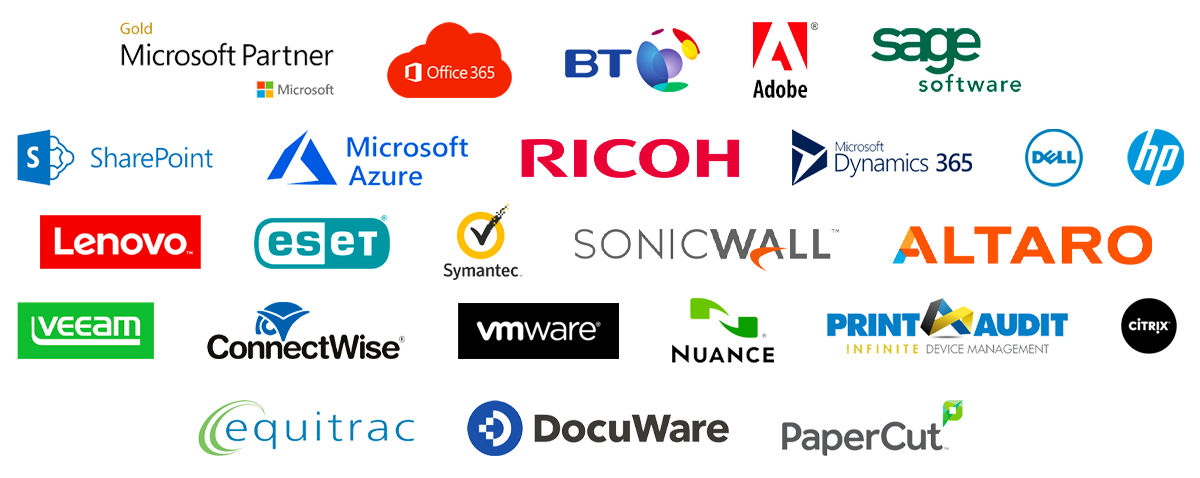Discover the products to take you there
Offering your business more advice, more insight and more success. At KBS, we believe that helping you achieve more success is about more than just software. We provide the technical insight, support and power that you need, even before you know you need it.


